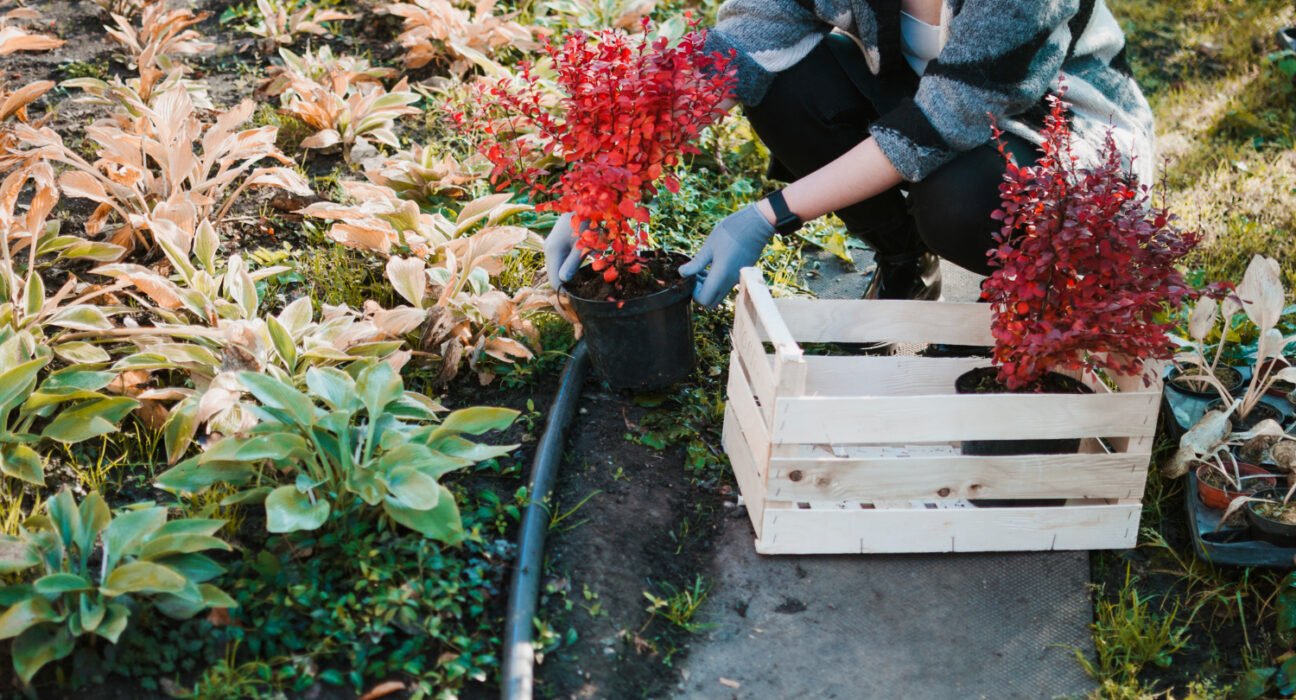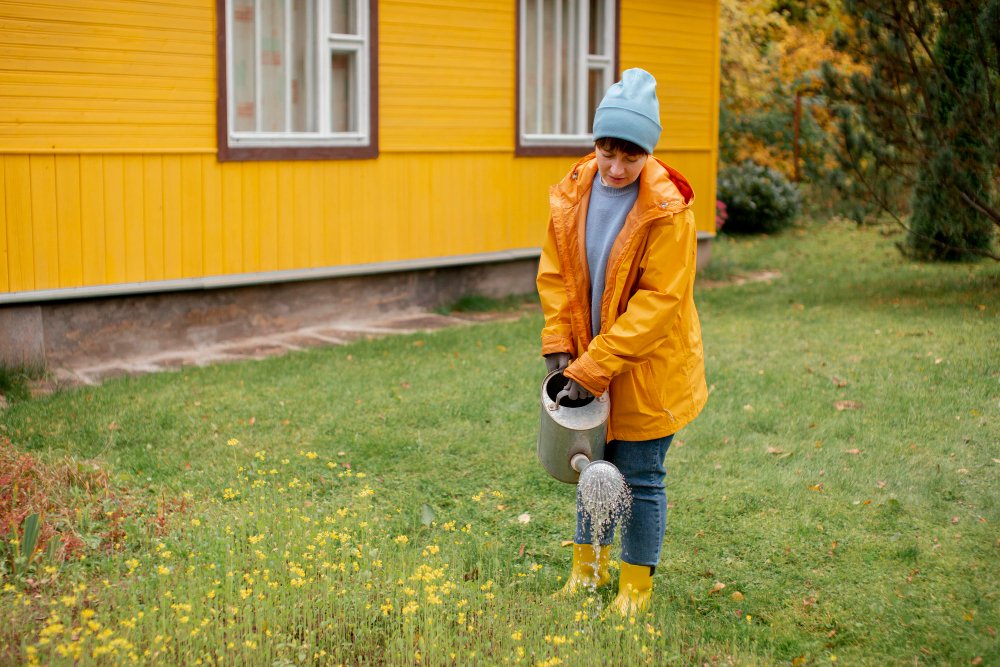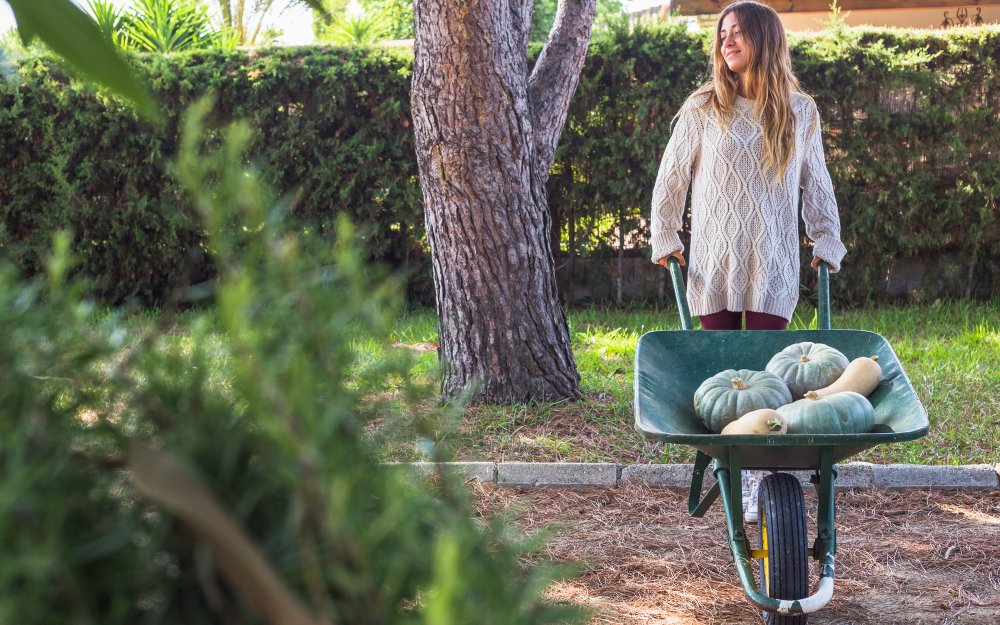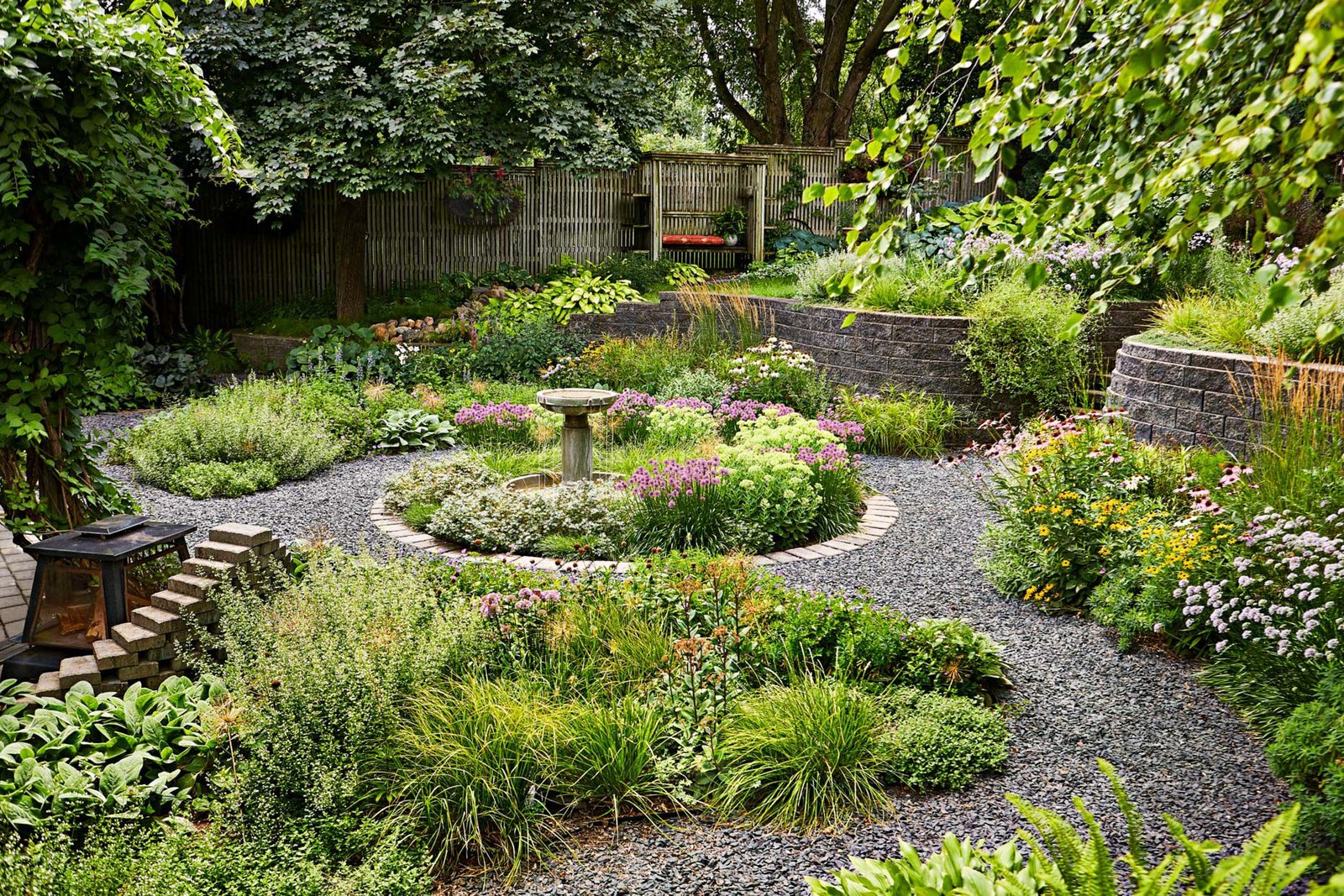Seasonal Landscaping Tasks: Keeping Your Yard Healthy Year-Round

Maintaining a beautiful and healthy yard requires more than occasional lawn mowing. In 2025, homeowners and gardeners are increasingly adopting seasonal landscaping techniques to keep their properties vibrant throughout the year. With climate patterns shifting, staying up-to-date with region-specific landscaping strategies is essential for maintaining plant health and enhancing curb appeal.
1. Spring Landscaping Tasks
Spring is the season of renewal. Here are key tasks:
- Spring yard cleanup: Remove dead leaves, branches, and winter debris.
- Lawn aeration: Promote root growth and nutrient absorption.
- Overseeding: Fill in bare patches and enhance lawn density.
- Fertilizing your lawn: Use nitrogen-rich fertilizer to boost growth.
- Mulching garden beds: Retain moisture and suppress weeds.
- Planting perennials and annuals: Choose native, low-maintenance plants.
2. Summer Landscaping Tasks
Summer heat requires strategic planning:
- Install efficient irrigation systems: Use smart irrigation controllers to conserve water.
- Drought-tolerant landscaping: Use succulents, lavender, and ornamental grasses.
- Proper mowing schedule: Mow high to reduce heat stress.
- Weed prevention: Use pre-emergent herbicides and mulch.
- Pest control: Watch for grubs, aphids, and other insects.

3. Fall Landscaping Tasks
Fall is the best time to prepare for winter:
- Leaf removal: Prevent mold and smothering grass.
- Fall fertilization: Apply potassium-rich fertilizer to strengthen roots.
- Lawn reseeding: Cool-season grasses thrive in fall.
- Planting spring bulbs: Tulips, daffodils, and hyacinths.
- Tree and shrub pruning: Shape plants before dormancy.
4. Winter Landscaping Tasks
Don’t neglect your yard in winter:
- Snow and ice management: Use eco-friendly deicers.
- Protecting plants from frost: Use burlap wraps and mulch.
- Winter pruning: Focus on dormant trees.
- Plan next season’s landscape: Use landscape design software.
5. Trending Landscaping Ideas in 2025
- Vertical gardening: Maximize space and aesthetics.
- Edible landscaping: Combine beauty and functionality.
- Native plant gardens: Enhance biodiversity and reduce maintenance.
- Pollinator gardens: Support bees and butterflies.
- Gravel and hardscaping: Reduce water use and increase style.
6. Organic Landscaping Techniques
- Composting: Reuse kitchen waste for soil enrichment.
- Use of organic fertilizers: Improve long-term soil quality.
- Companion planting: Naturally deter pests.
- Soil testing: Maintain the right pH and nutrients.

7. Eco-Friendly and Sustainable Landscaping
- Xeriscaping: Water-wise landscaping.
- Rain gardens: Capture runoff and filter water.
- Permeable pavers: Reduce stormwater runoff.
- Rewilding areas of the yard: Allow natural habitat growth.
8. Landscaping for Curb Appeal
- Pathways and walkways: Use stone, brick, or gravel.
- Front yard symmetry: Use hedges, trees, and accent plants.
- Outdoor lighting: Highlight landscape features at night.
- Color themes in flower beds: Seasonal color schemes.
9. Smart Landscaping with AI and Automation
- Smart irrigation systems: Adjust watering based on weather data.
- Robotic mowers: Save time and improve consistency.
- AI-driven garden planning apps: Suggest plant types and layouts.
- Sensors and automation: Monitor soil moisture, light, and temperature.
10. Year-Round Lawn Maintenance Calendar
January – March
- Plan landscaping goals
- Prune dormant plants
- Start composting
April – June
- Aerate and fertilize lawn
- Plant spring flowers
- Install irrigation systems
July – September
- Maintain mowing schedule
- Monitor and treat pests
- Weed regularly
October – December
- Rake leaves
- Mulch for winter
- Cover delicate plants

Final Tips for Seasonal Landscaping Success in 2025
- Use climate-adapted plants
- Invest in smart garden technology
- Prioritize soil health and water conservation
- Keep track with a landscaping journal or app
Seasonal landscaping in 2025 is more than a chore—it’s a proactive, sustainable lifestyle. With the help of smart tools, eco-conscious choices, and year-round planning, anyone can create a landscape that thrives in every season.










